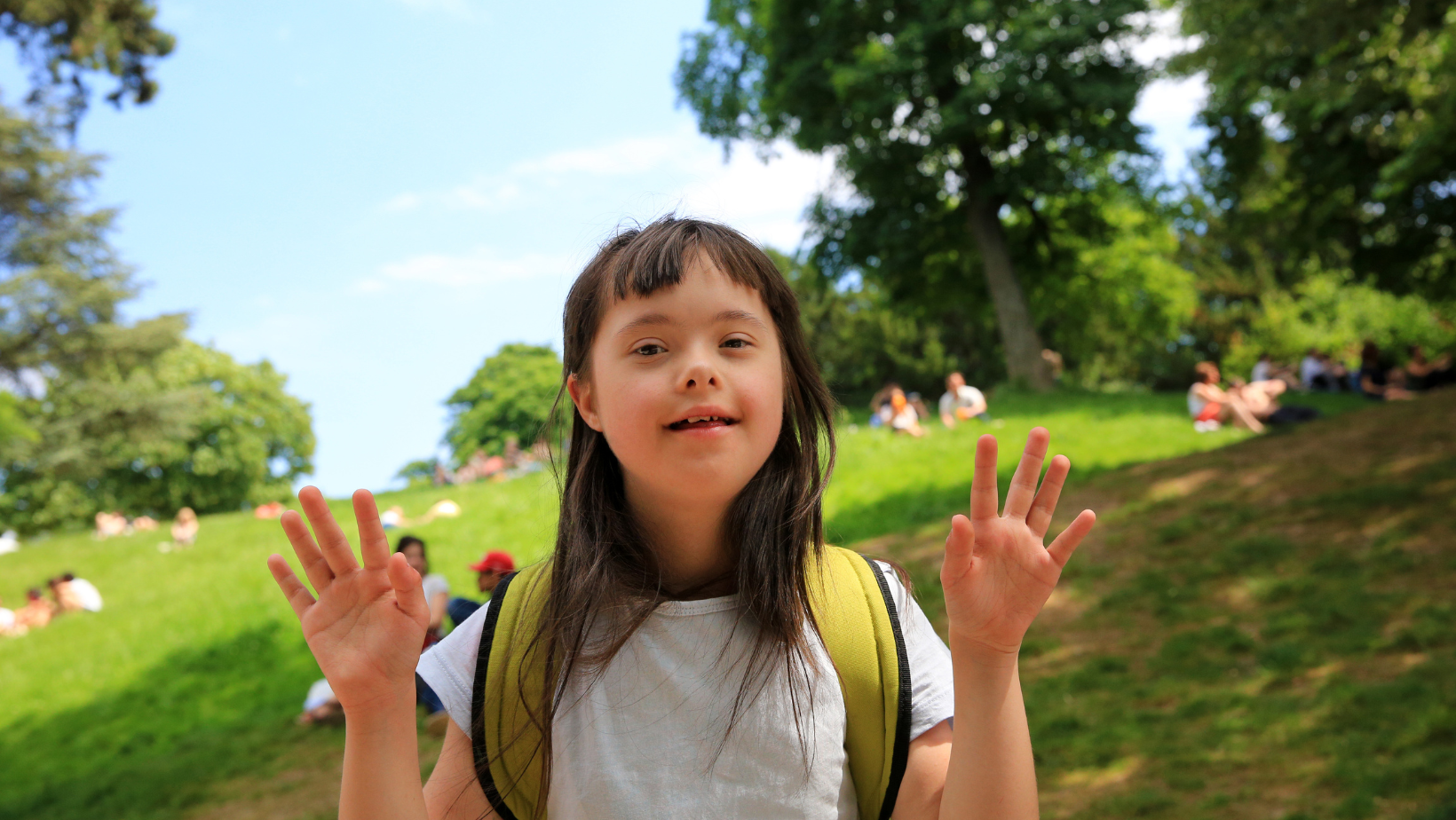Why address health equity in SBHCs?
Children and adolescents who are Black, Indigenous or People of Color (BIPOC) and those from families with low incomes or who live in rural areas are more likely to experience poorer health due in part to barriers to access and use of healthcare. Millions of these children and adolescents are more likely to have problems with vision, oral health, or hearing. If these health disparities are not addressed, these children and adolescents may not be able to live their healthiest lives possible as adults.
How do SBHCs address health equity ?
School-based health centers are critical to achieving health equity for children and adolescents who unjustly experience health disparities because of their race, ethnicity, family income, where they live, sexual orientation, or gender identity. SBHCs increase access by conveniently offering primary, behavioral, oral, and vision care where youth spend most of their days – in school. SBHCs can collaborate with school and community partners to address health inequities such as food insecurity, inadequate transportation, and lack of health insurance. These collaborations help create opportunities so that all children, regardless of race, family income, gender, ability, or ZIP code, can attain their highest level of health and education.
School-Based Health Alliance Resources
Toolkit
Visit Health Equity toolkit
Webinar
Find out our webinar recordings
Other resources
Learn more from our resources
Want further assistance implementing and improving Health Equity in your SBHC
Together, our consulting team brings decades of combined experience in planning, implementing, operating, evaluating, and improving community-provided school-based health care, including SBHCs. Learn more about consulting services here.
Expert Mental Health Partners
- Achieving Health Equity through School-Based Care
- Lead the Way: Engaging Youth in Health Care
- Race, Equity, and Inclusion in School-Based Health Care
- The Community Preventive Services Task Force Guide to School-Based Health Centers
- Task Force Recommends School-Based Health Centers to Promote Health Equity


